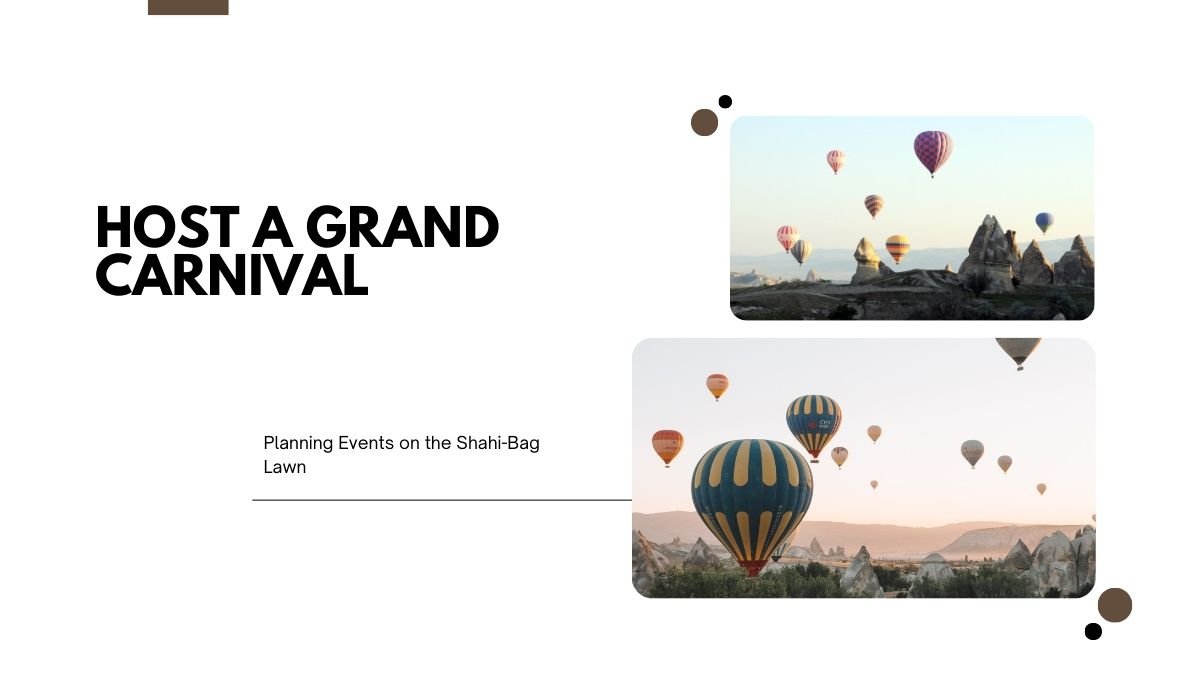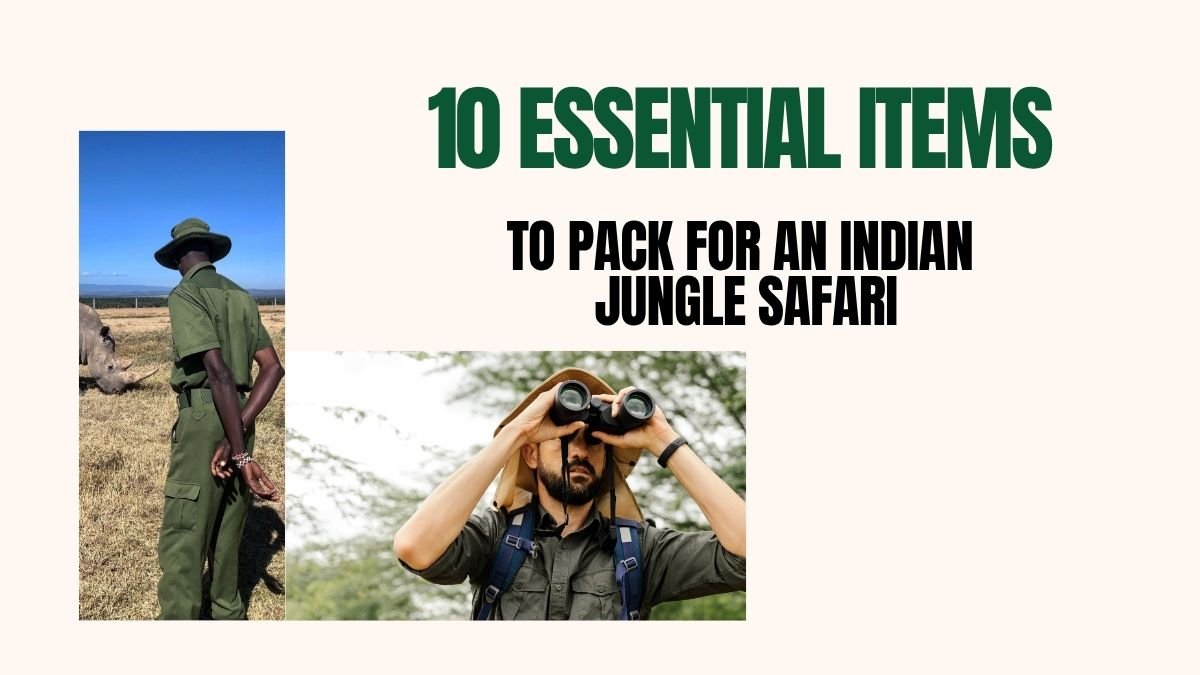Complete Guide to Organizing a Grand Carnival at Shahi-Bagh Lawns
Grand Carnival organizing is exciting but complicated as it involves the whole coordination of a large scale event with the outdoor logistics, vendors, and marketing. If you plan it the right way, not only will it provide great entertainment, but it will also take care of safety and orderliness.
This guide will detail the planning in its four major thrusts – Initial Planning, Action Planning, Final Preparations, and Event Day + Post-Event.
Step 1: Initial Planning (3–6 Months Before)
1. Identify the Goal and Scope
First, decide: is the carnival for community engagement, fundraising, or brand promotion? Your budget, marketing strategy, and activities will all flow from this decision.
Example: “If the intent is to raise funding through the carnival, the fee—the entry and the sponsorships will be the priority focus.”
2. Draft the Budget
Investment is heavy for a Grand Carnival.
- Revenue: Ticket sales, sponsorships, merchandise.
- Expenses: Vendors, venue, rentals, staff, entertainment, food and beverage, marketing, insurance and incidentals.
Never fail to keep contingency funds in the budget for unforeseen expenses.
3. Secure Venue and Permits
- Fix the book of the Shahi-Bagh lawn and have a backup date in case of rain.
- Secure everything necessary from local authorities such as event permits, food vendor permit, and entertainment permit.
4. Create an Event Committee
- Division of responsibilities under teams.
- Providing responsibilities on: logistics, marketing, vendors, volunteers, and budget management.
5. Decide on a Theme
The theme will dictate the decor, activities, and marketing strategy.
- “Vintage Circus” – red and white stripes and a classic canvas tent.
- “Whimsical Wonderland” – magical ambiance made by fairy lights.
- Desert Oasis – culturally inspired theme, with sand and vegetation as inspirations.
Step 2: Action Plan (1–3 Months Before)
1. Vendor Sourcing
Make your research and select trusted vendors for catering, equipment, entertainment, and rentals.
Catering
- Popcorn, cotton candy, corn dogs. Classic carnival tastes.
- Be certain to have healthy and gourmet choices too.
Entertainment
- Live bands, DJs, magicians, acrobats, and street performers.
Games and Activities
- Dunk tanks, joint inflatables, photo booths.
- A combination of old and unique games.
2. Develop a Marketing Plan
- Brand identity and catchy hashtags.
- Event website: registration link, detail of event, and schedule.
- Social Media: share ad campaigns and teasers and create “Instagrammable” moments.
- Email campaign: create excitement and drive registrations with personalized emails.
3. Layout Planning
- Plan the layout: activity zones, food stalls, stage, rest rooms, first aid stations.
- Ensure the flow of crowd: clear entry and exit points.
Step 3: Final Preparations (1–4 Weeks Before)
1. Vendor Management
Confirm logistics, schedule, and setup details in a final meeting.
2. Security and Emergency
- Make a risk assessment for open air venue.
- Hire professional security.
- Put together medical service and evacuation plan.
- Secure the proper lighting and all possible hazards.
3. Volunteers
Assign roles for setup, guest service, parking, and vendor assistance in the event with informative briefs on responsibilities during the event and emergency procedures.
4. Print and Signage
Print and produce tickets, banners, maps, and information packets for the Grand Carnival.
5. Weather Monitoring
Weekly/daily weather monitoring. Back-up plans ready for rain or bad weather—cover areas or reschedule event.
Step 4: Event Day and Post-Event
1. Setup and Execution
Arrive there early along with the team. Ensure checking in with vendors and preparing the site.
2. Event Monitoring
- Present constant check-ins with volunteers, vendors, and security.
- Resolve any issues immediately.
- Capture photos and videos and share on social media.
3. Post-Event Analysis
- Financial Review: Actuals vs. projection.
- Gather Feedback: From attendees, vendors, and staff.
- Thank You Notes: To be sent to volunteers, staff, and sponsors.
- Share highlights of the event on website and social media.
Final Helpful Tips
- Safety First: Safety is paramount for outdoor events.
- Clear Communication with Vendors and Staff: Regular meetings to ensure no misunderstandings take place.
- Social Media Effect: “Insta-moments” area and live post.
- Reserves and Contingencies: Backup plans for weather and unforeseen situations.
- Feedback and Improvement: Learning for next time.









